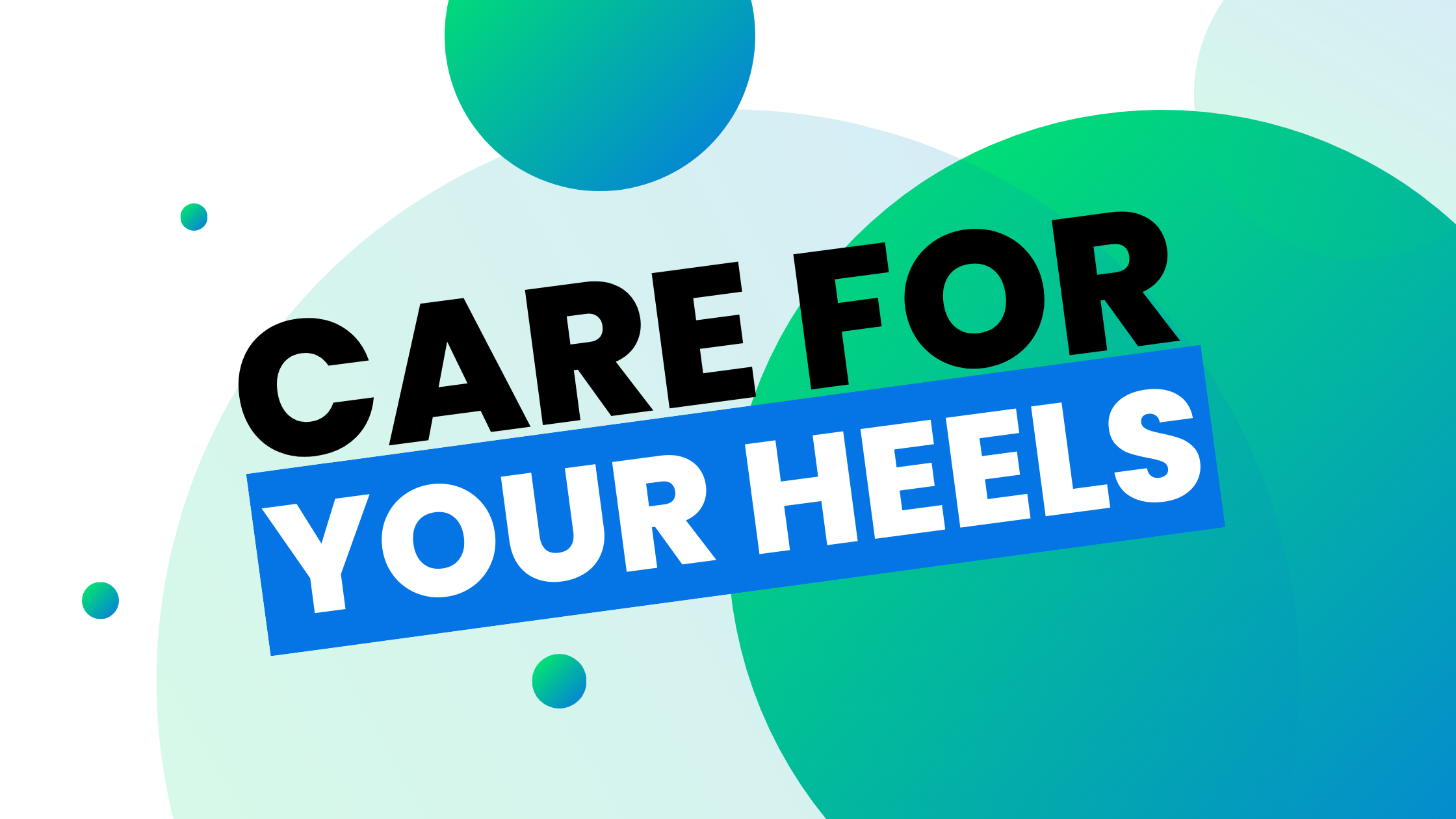Chiropractic Care For Geriatric Patients: Unlocking Health And Vitality

Conclusion: Elevate Wellness, Embrace Chiropractic Care For Geriatric Patients In this exploration, we’ve witnessed the transformative potential of chiropractic care for geriatric patients. It’s a specialized realm where practitioners, armed with knowledge and compassion, guide seniors toward a life marked by enhanced well-being. Ridgefield Chiropractic & Wellness Center Patients epitomize this journey – a journey […]
Chiropractic Care For Geriatric Patients: Benefits And Considerations

In the realm of healthcare, chiropractic care is an increasingly popular choice for people of all ages. However, one demographic that often finds immense relief and improvement in their quality of life through chiropractic care is the geriatric population. In this article, we will delve into the world of chiropractic care for geriatric patients, highlighting […]
Chiropractic Solutions For Headache Relief

Headaches and migraines are pervasive issues affecting millions worldwide. Understanding the types and prevalence is crucial for Chiropractic Solutions For Headache Relief. Chiropractic care emerges as a holistic approach with promising results. Chiropractic Approach Chiropractic care focuses on spinal adjustments to improve nervous system function. Illustrations demonstrate how misalignments (subluxations) are corrected, relieving tension and […]
Effective Chiropractic Management Of Headaches

Introduction Headaches and migraines are common neurological conditions that can significantly impact a person’s quality of life. Chiropractic care is recognized as a potential alternative or complementary approach for managing these conditions. In this article, we will delve into the effectiveness of chiropractic management in relieving headaches and migraines, exploring the underlying principles, techniques, and […]
Benefits Of Nutritional Consultation For Weight Loss

In today’s society, where many people struggle with weight-related issues, seeking professional guidance has become increasingly common. Nutritional consultation offers a personalized approach to weight loss that goes beyond fad diets and quick fixes. By working with a qualified nutritionist or dietitian, individuals can gain valuable insights into their dietary habits and receive expert advice […]
Get Your Good Sleep

3 Habits That’ll Get You Good Sleep

Sick of tossing and turning at night? Getting quality sleep is essential for one’s overall health and well-being. But sometimes, work, stress and poor lifestyle habits get in the way. Studies show that poor sleep induces long-term effects on health. These include memory issues, weight gain and high blood pressure. That said, […]
Care for Your Heels

Care for Your Heels: Learning How to Treat Plantar Fasciitis

Are you experiencing stabbing pain in the bottom of your heel? If yes, you may be experiencing Plantar Fasciitis Having Plantar Fasciitis can literally be quite a pain in daily life. A simple activity such as walking to work may prove hard to do so with this condition. Plantar Fasciitis typically happens to adults […]
Eat Your Greens

